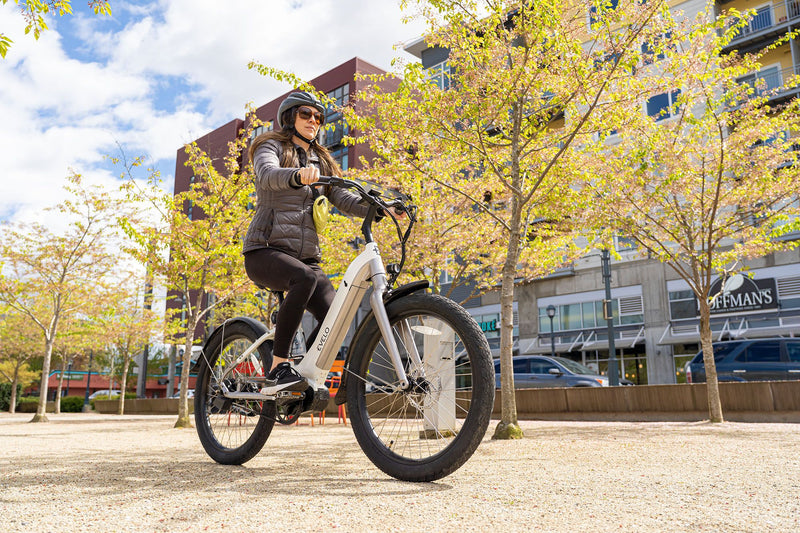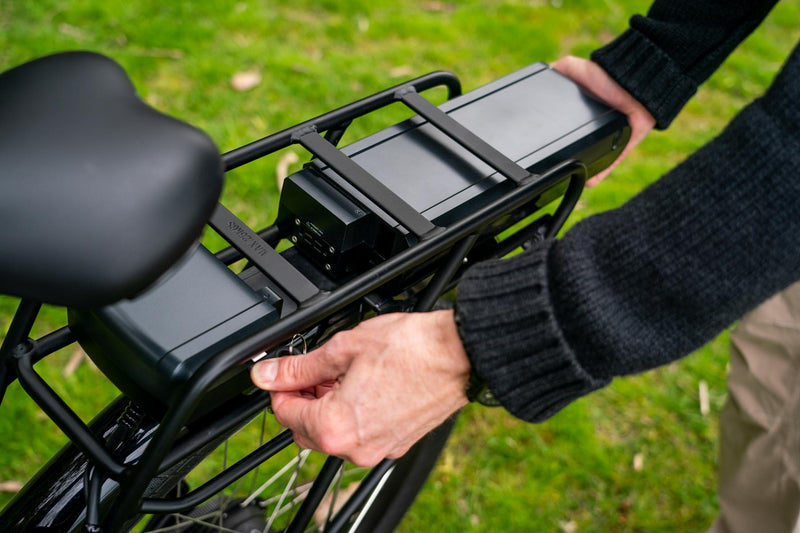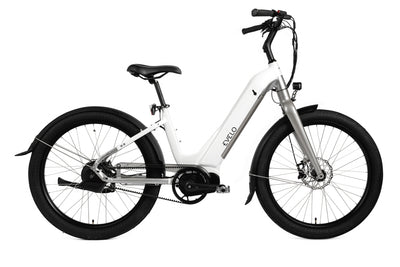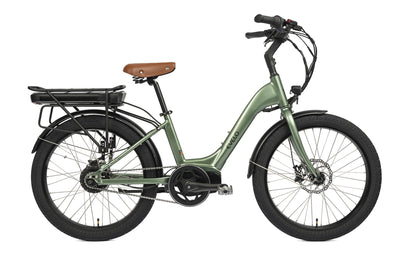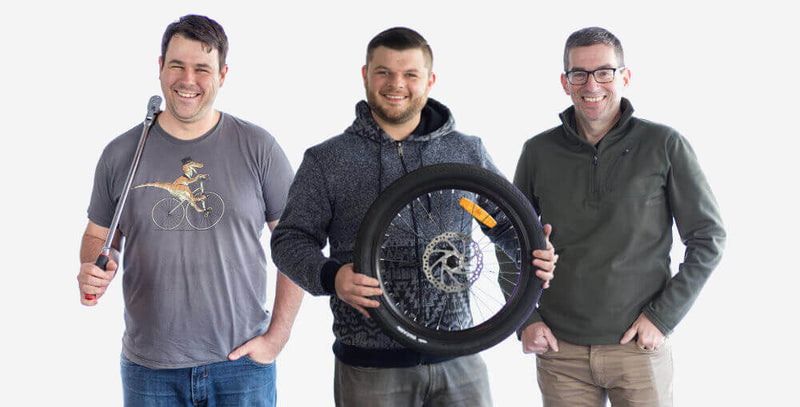EVELO Electric bicycles have revolutionized the way we commute and enjoy cycling. As your e-bike reaches 100 miles and beyond, it's essential to perform a thorough inspection and maintenance routine to ensure it continues to provide reliable and efficient performance. The most notable and important maintenance needs to be done after the break in period. During the break in period on a new bike some hardware will settle or loosen, cables will stretch, brake pads will bed themselves in. Doing this first round of maintenance will mean you do less of it in the future.
In this article, we'll guide you through the best practices for inspecting and maintaining your EVELO electric bicycle at this crucial milestone.
Clean Your Electric Bicycle
Before diving into the inspection and maintenance process, start by giving your e-bike a thorough cleaning. Use a mild detergent and water to remove dirt, grime, and any buildup from the frame, components, and electrical parts. A clean bike is easier to work on and helps prevent corrosion.
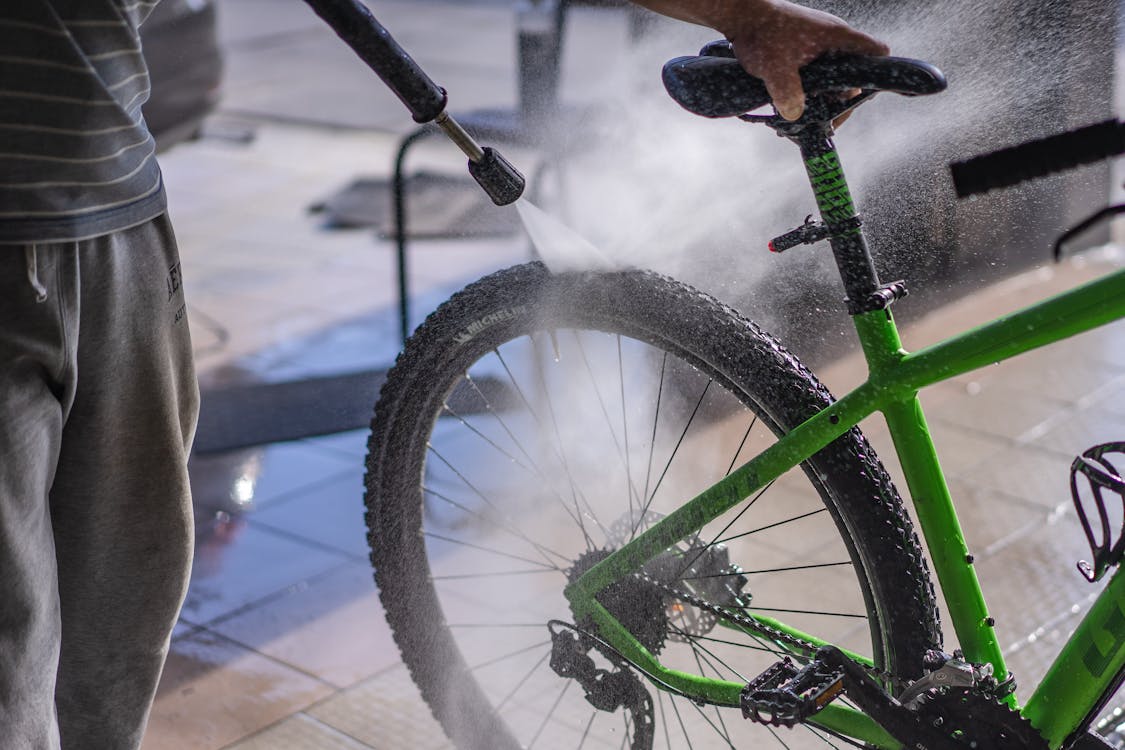
Examine the Frame and Fork
Begin your inspection by checking the frame and fork for any visible damage, cracks, or dents. Pay close attention to the welds and joints, as e-bikes may experience additional stress from the motor and battery.
Key Inspection and Preventative Maintenance Points
The following is our recommended list of break in period and regular maintenance items. This can be completed by competent DIY’ers, or is something your local bicycle shop is happy to help with.
- Ride your bike for a few minutes with no power assistance - if there are any underlying maintenance issues they are much easier to discover without the assistance from the motor.
- True the wheels and balance spoke tension. You will want to have a shop do this part since it takes lots of practice and specialty tools to do this correctly.
- Rear wheel axle nuts - loosen the axle nuts on the rear wheel, hold the bike perpendicular to the floor and tighten then again. This will ensure the wheels are properly mounted in the frame/fork. Make sure the thru-axle on the front wheel is tight.
- Check rear wheel alignment in the frame - adjust belt tension as needed at the right side sliding drop out, adjust wheel alignment using the left sliding drop out.
- For bicycles with a chain - adjust chain tension as needed at the right side sliding drop out, adjust wheel alignment using the left sliding drop out.
- For folding models, check all latch mechanisms - they should require medium force to close completely and feel secure.
- Adjust the fender alignment to the tire if necessary and tighten fender hardware.
- Tighten all hardware on the rear rack (if you have one installed) and the frame splitter.
- Tighten the hardware on the brake adapters and adjust brakes if necessary.
- Tighten the pedals, crank bolts, and chainring bolts.
- Check headset for play and stem for alignment. Adjust if necessary and then tighten all the bolts on the stem.
- Check the clamping hardware on the handlebar controls and display.
- Check cable tension and adjust using the barrel adjusters on the shifter. It is likely you will have to add tension, which means loosening the barrel adjuster slightly.
For Nuvinci CVT Equipped models - At 400 miles your N380CVT is past its break-in period. No adjustment or follow up is needed with the Automatiq system. For heavy riders it’s important to address wheel trueness and balance spoke tension once again to ensure that the wheels last. From here on out you should see little maintenance.
It is recommended that you keep the bike clean and give it at least one tune up per year. High mileage riders might need more tune ups. You should bleed the brakes every 2 years at least if not yearly. The brake pads tend to last between 800-1,500 miles and a belt lasts about 10,000 miles.
Overall, it’s wise to check all of the nuts and bolts throughout the bike to ensure everything is nice and tight.
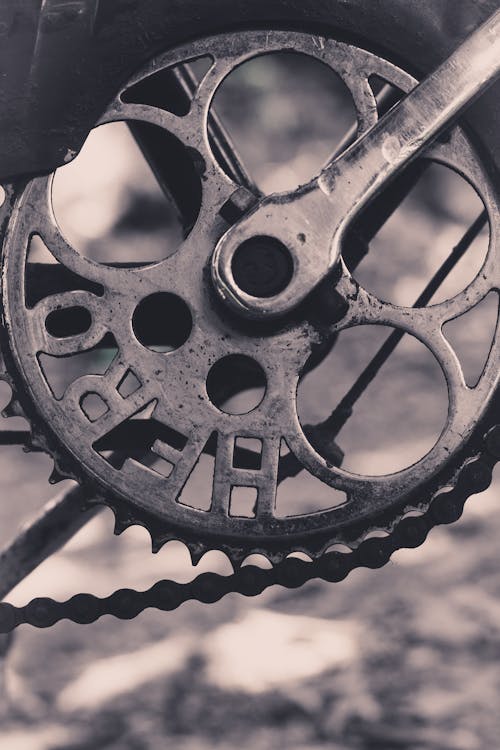
Inspect the Battery
The battery is a critical component of your e-bike. Here's what to look for:
- Check for physical damage or swelling of the battery casing.
- Examine the battery connectors and wires for loose or damaged connections.
- Verify that the battery locks securely into place on the bike's frame.
- Ensure that the battery retains its charge and provides the expected range. Low range could also be a sign of a mechanical issue.

Assess the Motor
Inspect the electric motor, which is responsible for assisting your pedaling effort:
- Check for loose bolts or mounts on the motor.
- Listen for unusual noises while operating the motor. Grinding or clicking sounds may indicate a problem.
- Make sure the motor engages smoothly and provides consistent power assistance.
Review the Wiring and Electronics
E-bikes have an intricate network of wiring and electronics that require periodic checks:
- Inspect all wires and connections for signs of wear, fraying, or damage.
- Test the functionality of the display panel and controls, ensuring all features are working correctly.
- Confirm that lights, if equipped, are functioning properly.
- Review the electrical system for any error codes or warning indicators.
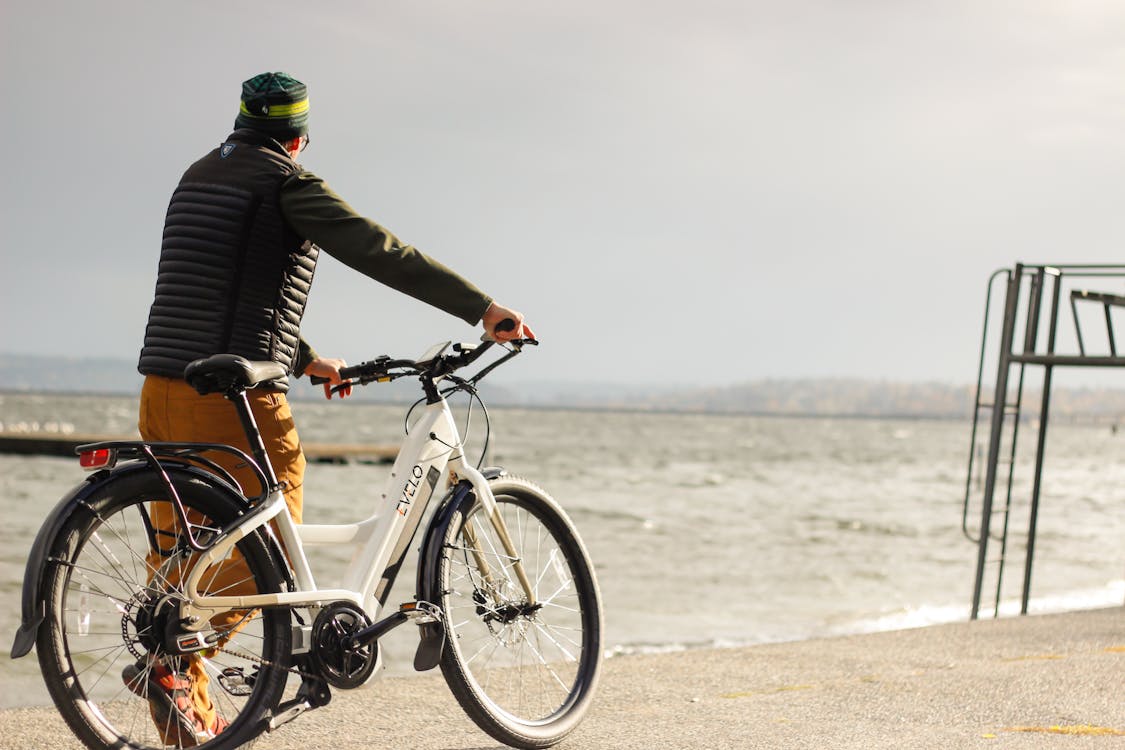
Check Brakes and Tires
Your e-bike's brakes and tires play a crucial role in safety and performance:
- Inspect brake pads for wear, they should be just fine at 100-500 miles unless there is another issue.
- Check the brake rotors for signs of warping or damage.
- Examine the tires for wear and punctures, replacing them as needed.
- Ensure that tire pressure is at the recommended level for optimal performance.
Lubricate and Clean the Drivetrain
Maintaining the drivetrain is essential for a smooth and efficient ride:
- Lubricate the chain to reduce friction and prevent rust, wiping off excess oil.
- Inspect the chain for stretching or rust and replace it if necessary.
- Check the cassette and chainring for wear and replace them if the teeth are significantly worn.
- Models equipped with Gates Belt drive simply need a good cleaning - if lubrication is necessary, a light spray of silicone lubricant and a thorough wipe afterwards is the recommended application procedure.
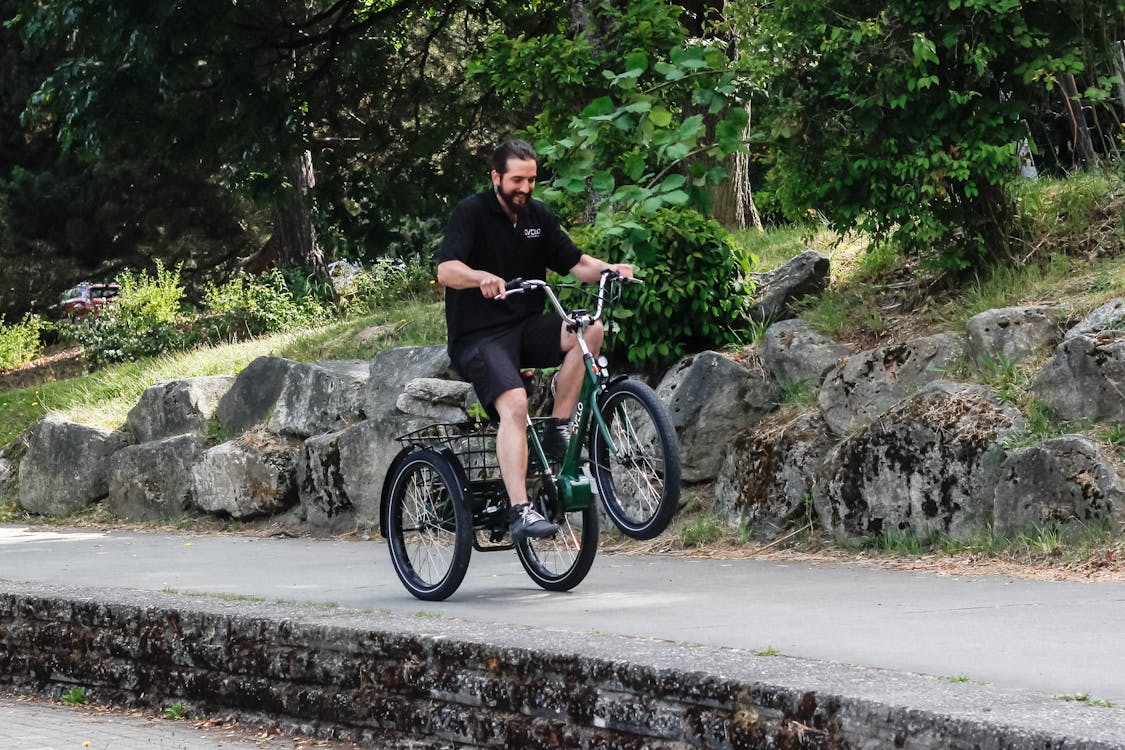
Software and Firmware Updates
The Enviolo Automatiq system is eligible for updates. Check with your EVELO representative to see if an update is required for your model.
Regular inspection and maintenance of your electric bicycle at the 1000-mile mark are essential for keeping it in optimal condition. Proper care not only extends the lifespan of your e-bike but also ensures a safe and enjoyable riding experience. If you're unsure about any aspect of maintenance, consider seeking assistance from a certified e-bike technician. By following these best practices, you can continue to enjoy the convenience and efficiency of your electric bicycle for many more miles to come.



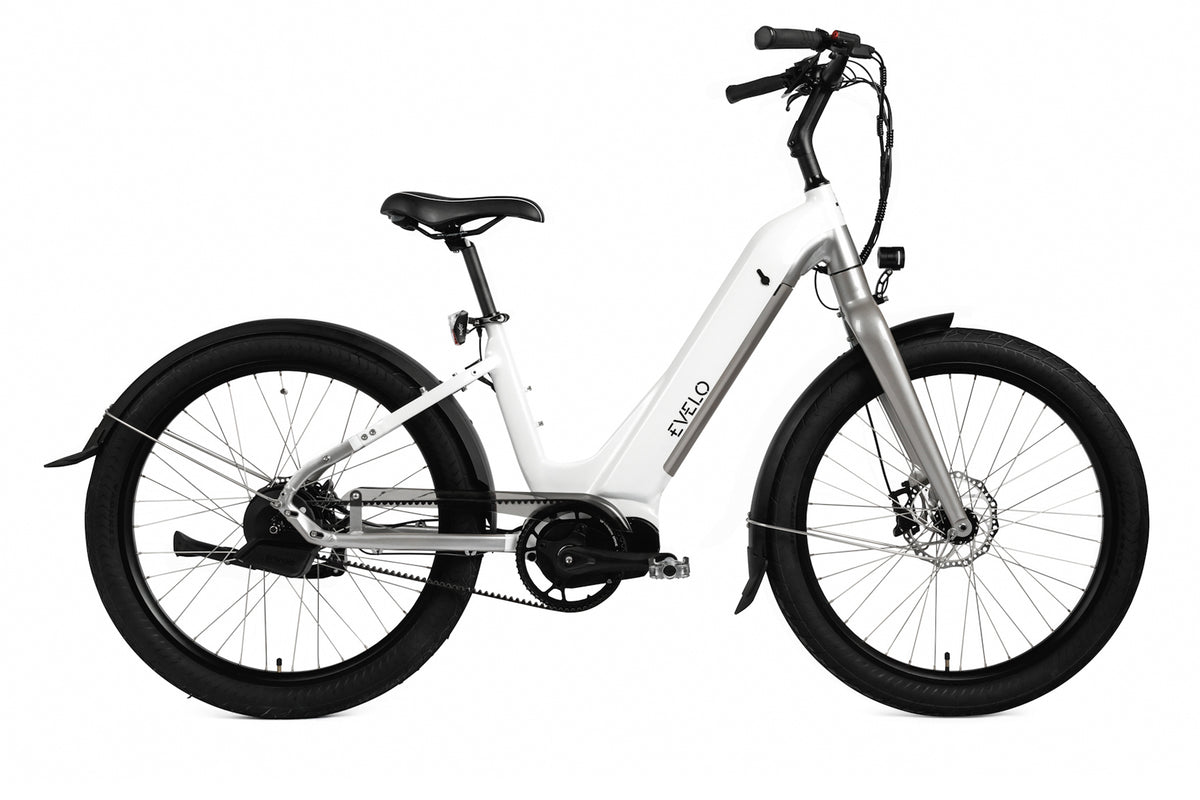
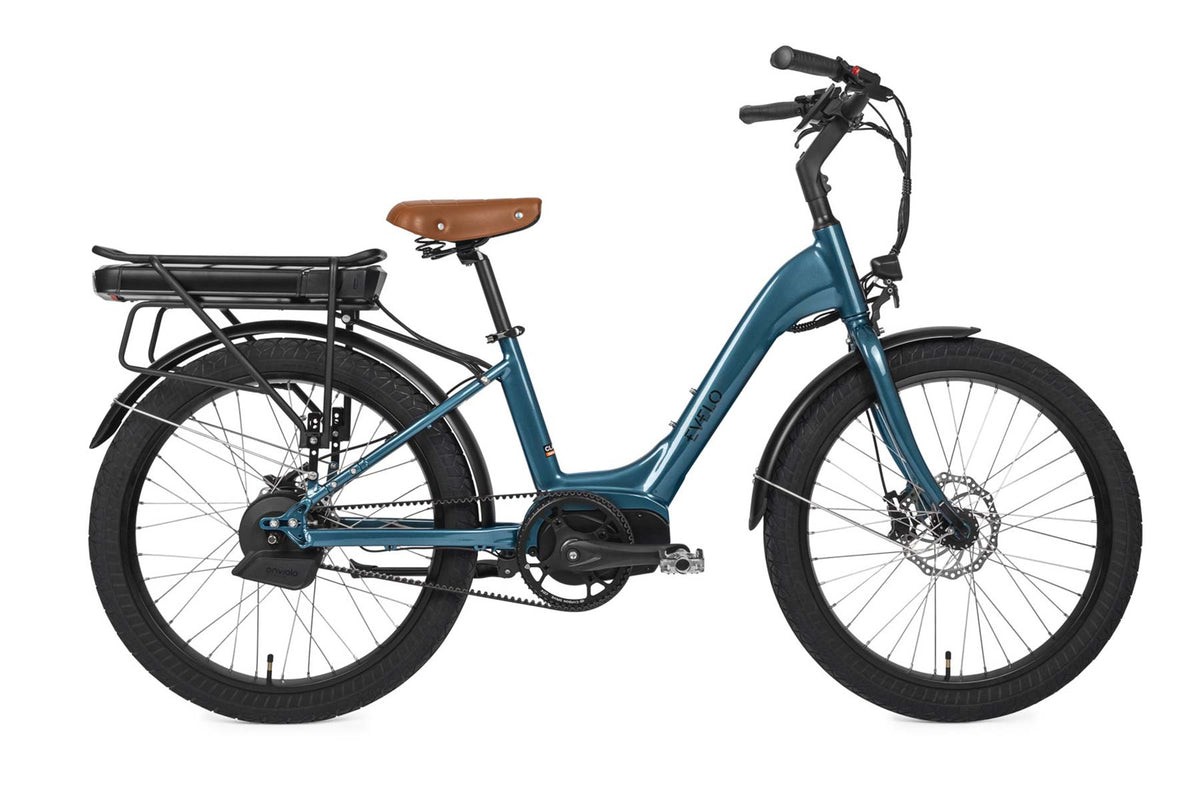


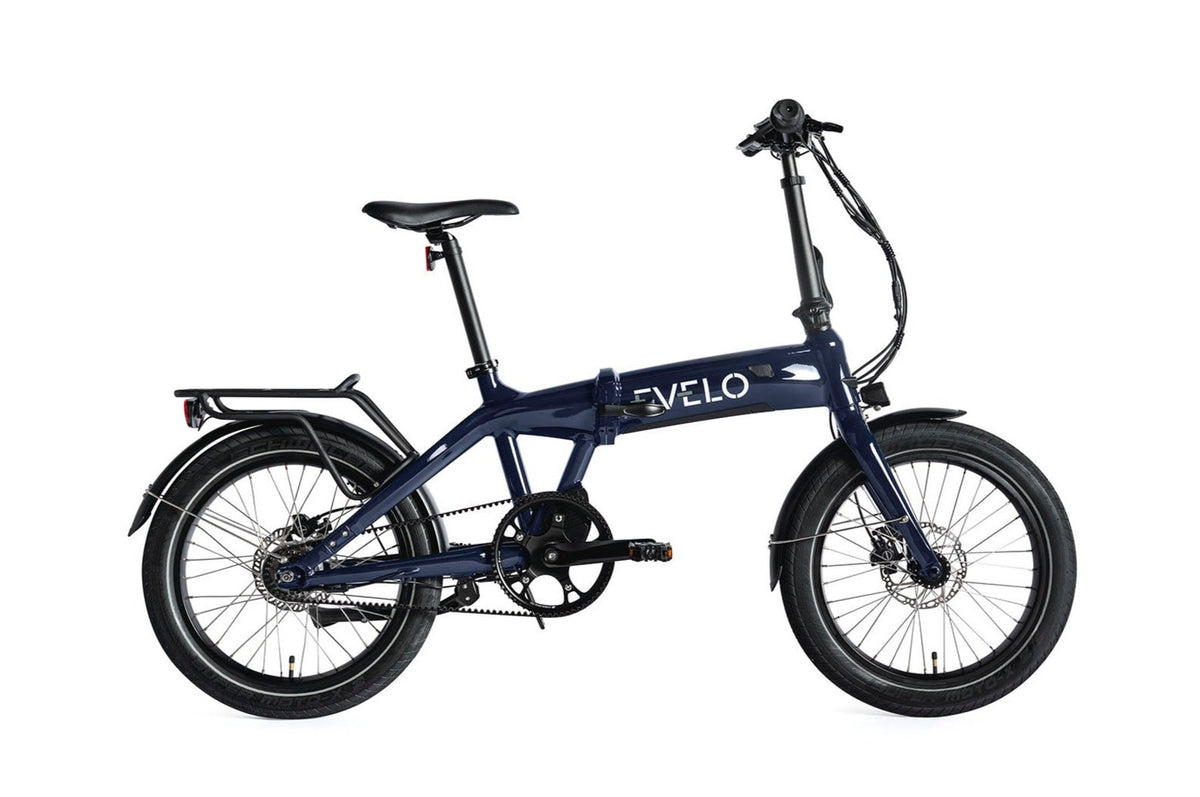
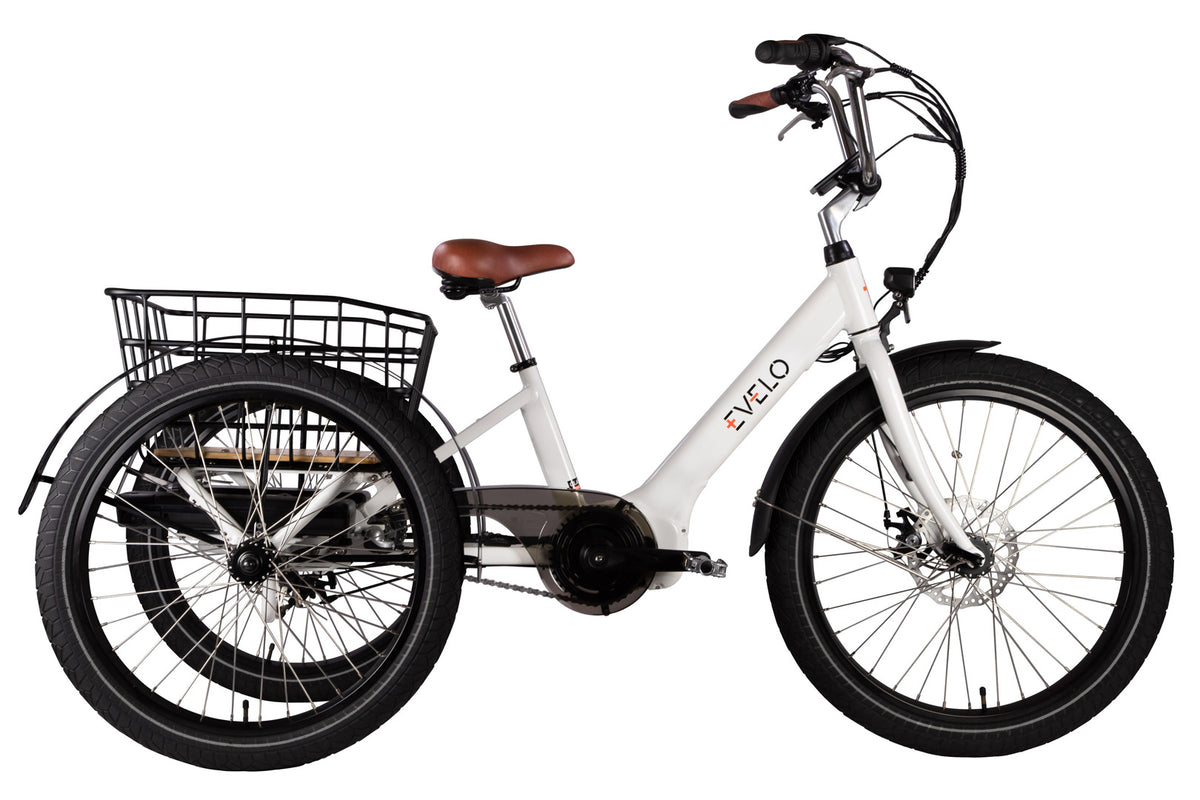
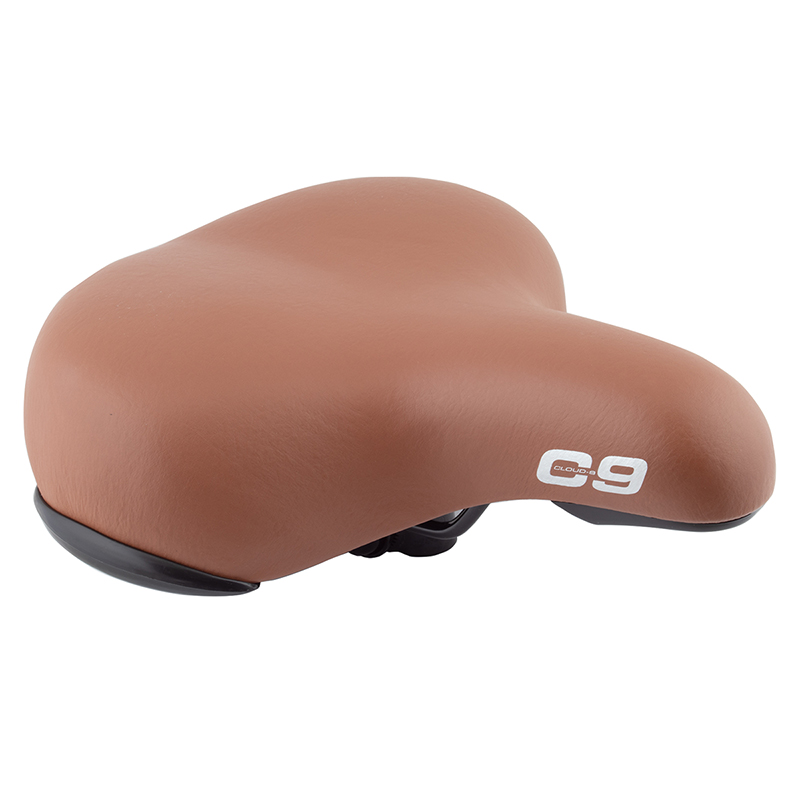
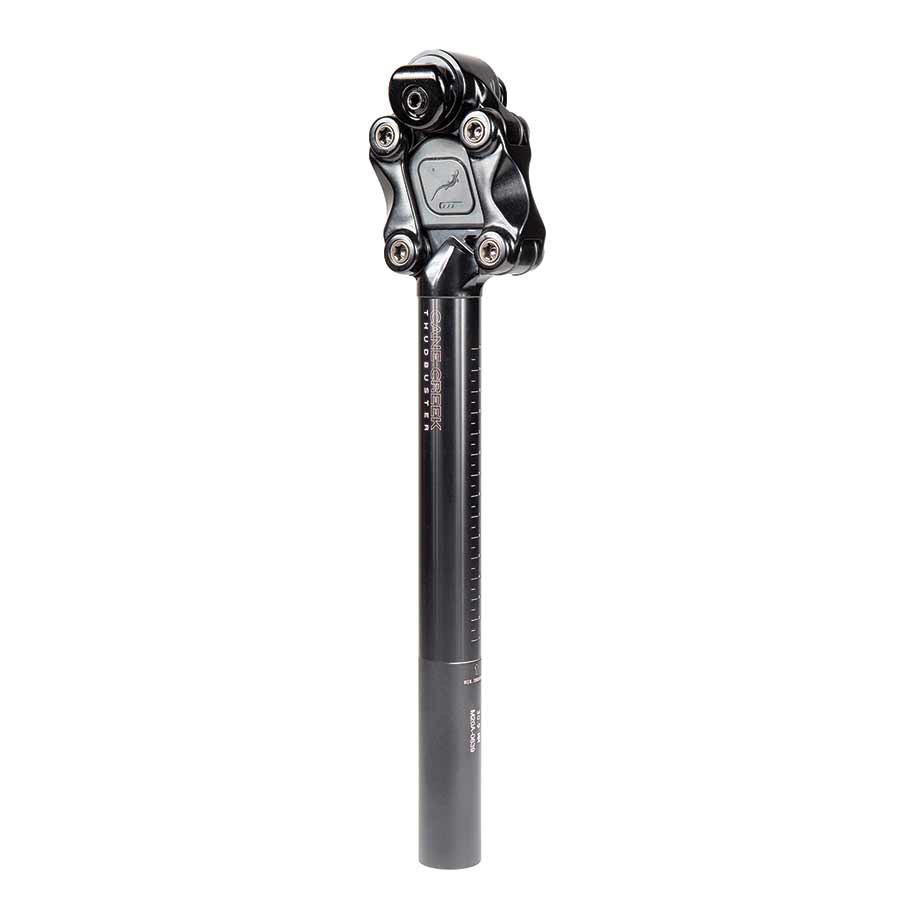
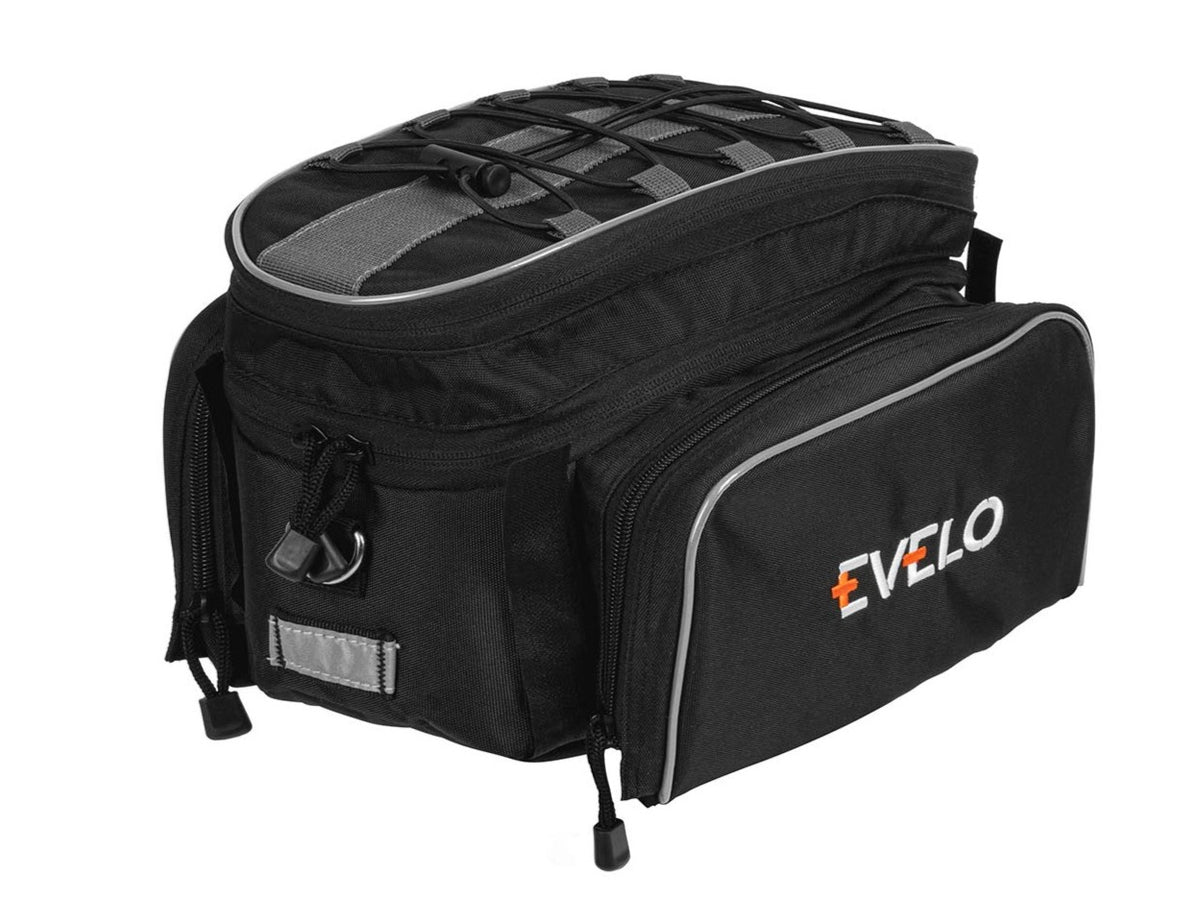
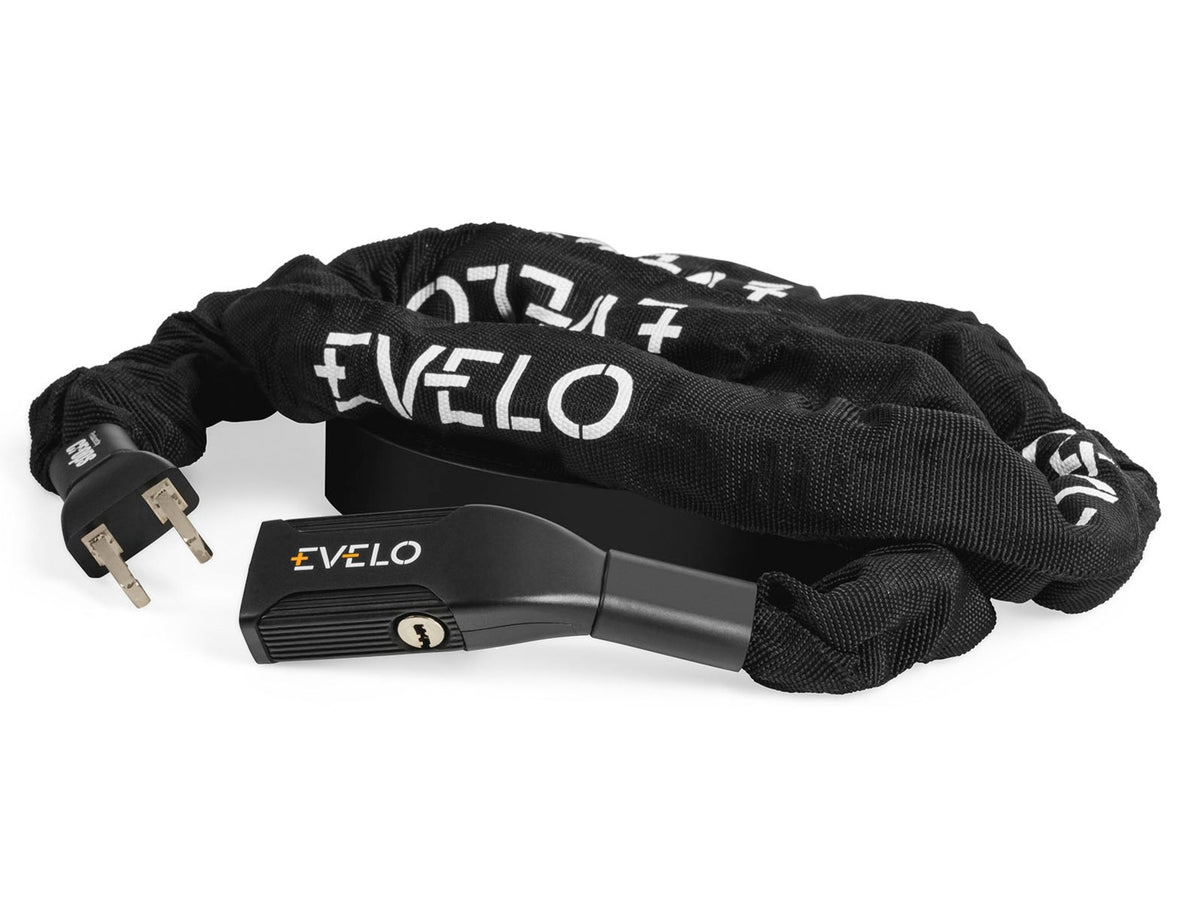




 Easy Assembly
Easy Assembly
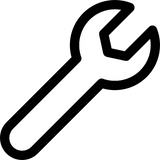 Service and Repairs
Service and Repairs
 Ebike Articles & Content
Ebike Articles & Content

